Split the following shapes into rectangles and
find the area of each (The measures are given in centimetres)
(i)Figure (ii) Figure (iii) Figure
To solve the problem of splitting the given shapes into rectangles and finding the area of each, we will follow a systematic approach. Let's break it down step by step for each figure.
2. Calculate the Area of Rectangle 1:
Area of Rectangle 1=Length×Breadth=12cm×2cm=24cm2
3. Calculate the Area of Rectangle 2:
Area of Rectangle 2=Length×Breadth=8cm×2cm=16cm2
4. Total Area of the First Figure:
Total Area=Area of Rectangle 1+Area of Rectangle 2=24cm2+16cm2=40cm2
(ii) Second Figure
1. Identify the Rectangles: Split the second figure into two rectangles and subtract the overlapping area (a square).
- Rectangle 1: Length = 21 cm (3 x 7), Breadth = 7 cm
- Rectangle 2: Length = 21 cm (3 x 7), Breadth = 7 cm
- Overlapping Square: Side = 7 cm
2. Calculate the Area of Rectangle 1:
Area of Rectangle 1=21cm×7cm=147cm2
3. Calculate the Area of Rectangle 2:
Area of Rectangle 2=21cm×7cm=147cm2
4. Calculate the Area of the Overlapping Square:
Area of Square=7cm×7cm=49cm2
5. Total Area of the Second Figure:
Total Area=Area of Rectangle 1+Area of Rectangle 2−Area of Square=147cm2+147cm2−49cm2=245cm2
(iii) Third Figure
1. Identify the Rectangles: Split the third figure into two rectangles.
- Rectangle 1: Length = 5 cm, Breadth = 1 cm
- Rectangle 2: Length = 4 cm, Breadth = 1 cm
2. Calculate the Area of Rectangle 1:
Area of Rectangle 1=5cm×1cm=5cm2
3. Calculate the Area of Rectangle 2:
Area of Rectangle 2=4cm×1cm=4cm2
4. Total Area of the Third Figure:
Total Area=Area of Rectangle 1+Area of Rectangle 2=5cm2+4cm2=9cm2
Summary of Areas
- Area of First Figure: 40 cm²
- Area of Second Figure: 245 cm²
- Area of Third Figure: 9 cm²
Area of Rectangle 1=Length×Breadth=12cm×2cm=24cm2
Area of Rectangle 2=Length×Breadth=8cm×2cm=16cm2
Total Area=Area of Rectangle 1+Area of Rectangle 2=24cm2+16cm2=40cm2
1. Identify the Rectangles: Split the second figure into two rectangles and subtract the overlapping area (a square).
- Rectangle 1: Length = 21 cm (3 x 7), Breadth = 7 cm
- Rectangle 2: Length = 21 cm (3 x 7), Breadth = 7 cm
- Overlapping Square: Side = 7 cm
Area of Rectangle 1=21cm×7cm=147cm2
Area of Rectangle 2=21cm×7cm=147cm2
Area of Square=7cm×7cm=49cm2
Total Area=Area of Rectangle 1+Area of Rectangle 2−Area of Square=147cm2+147cm2−49cm2=245cm2
1. Identify the Rectangles: Split the third figure into two rectangles.
- Rectangle 1: Length = 5 cm, Breadth = 1 cm
- Rectangle 2: Length = 4 cm, Breadth = 1 cm
Area of Rectangle 1=5cm×1cm=5cm2
Area of Rectangle 2=4cm×1cm=4cm2
Total Area=Area of Rectangle 1+Area of Rectangle 2=5cm2+4cm2=9cm2
- Area of First Figure: 40 cm²
- Area of Second Figure: 245 cm²
- Area of Third Figure: 9 cm²
Topper's Solved these Questions
Similar Questions
Split the following shapes into rectangles and find their areas. (The measures are given in centimetres)
View SolutionSplit the following shapes into squares and find their areas. (The measures are given in centimetres)
View SolutionBy splitting the following figures into rectangles, find their areas(The measures are given in centimetres).
View SolutionFind the area of the shaded region given in figure.
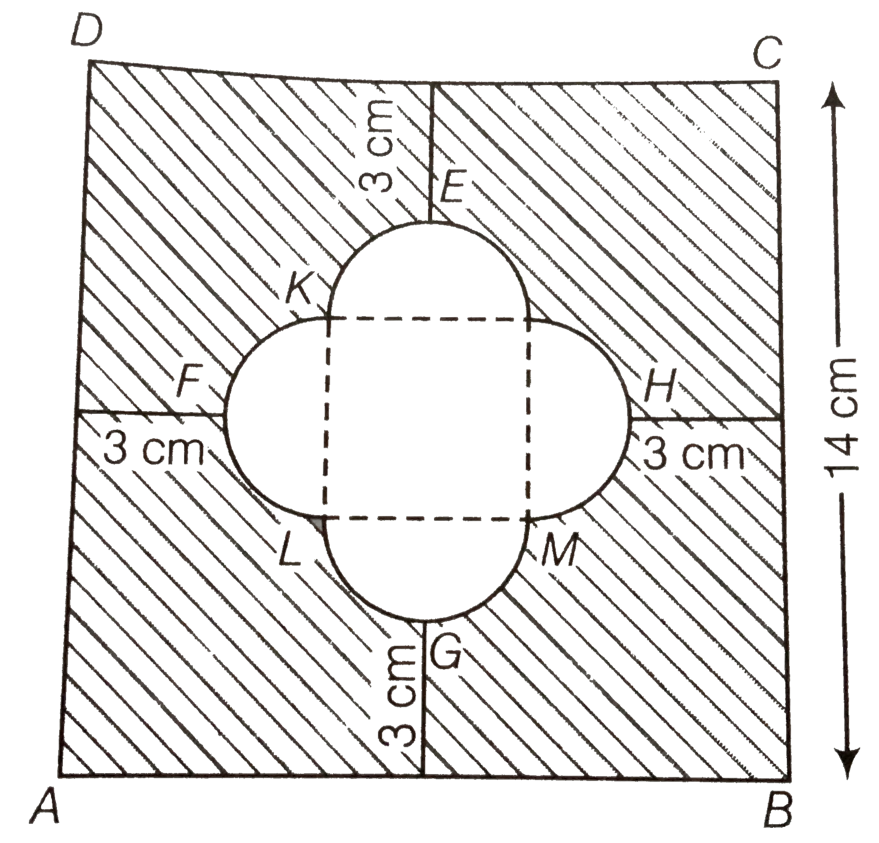
View SolutionFind the area of the given figure.
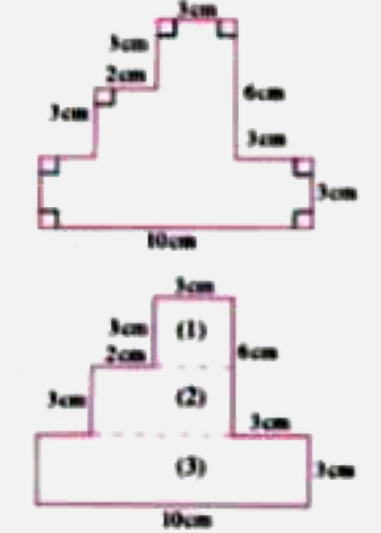
View SolutionFind the area of the given figure.
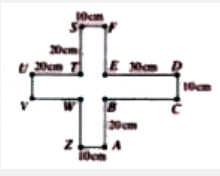
View SolutionFind the area of the trapezium given in given figure.
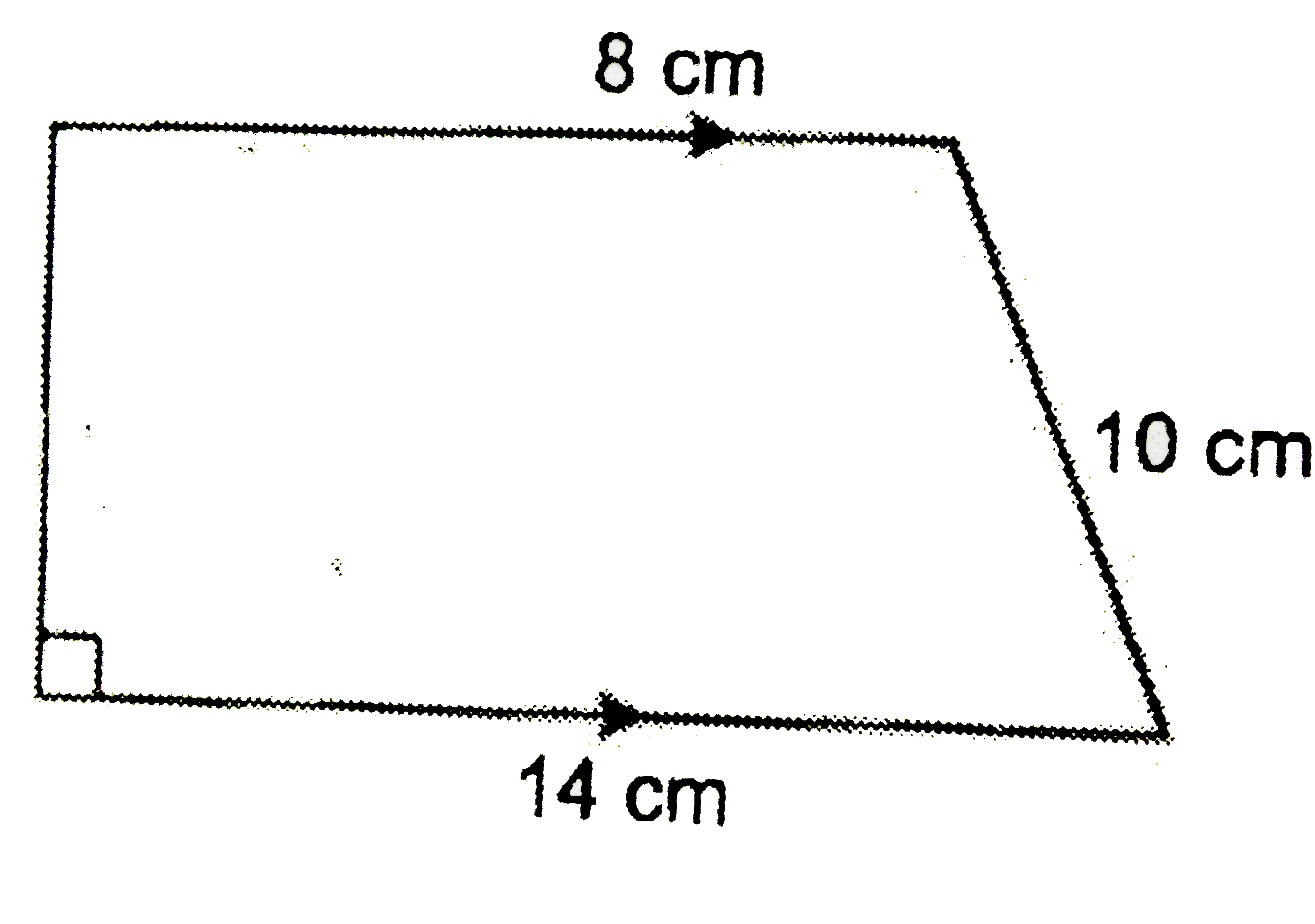
View SolutionFind the area of trapezium in the given figure.
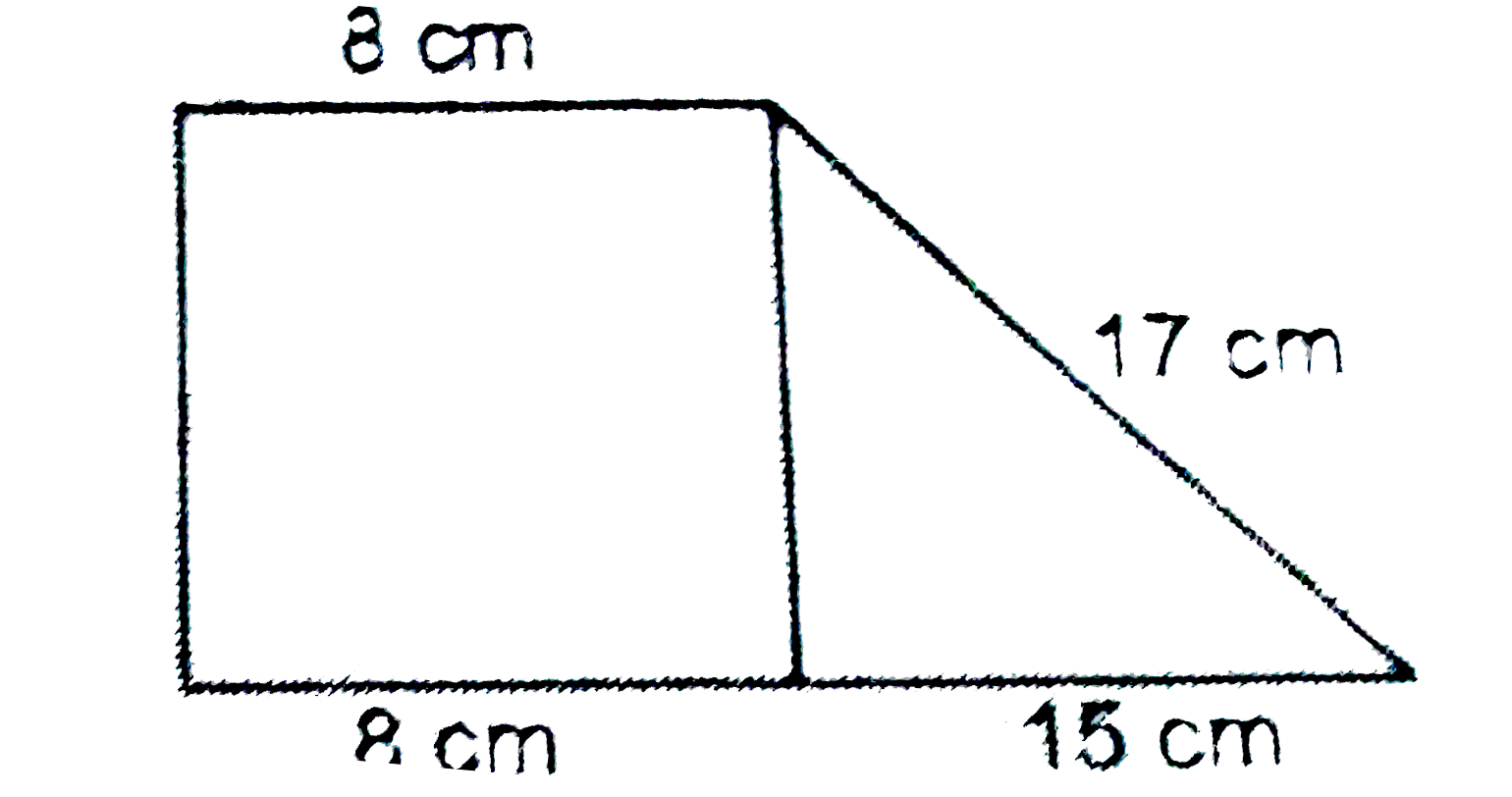
View SolutionFind the area of the figure given below.

View SolutionFind the area of the following figures
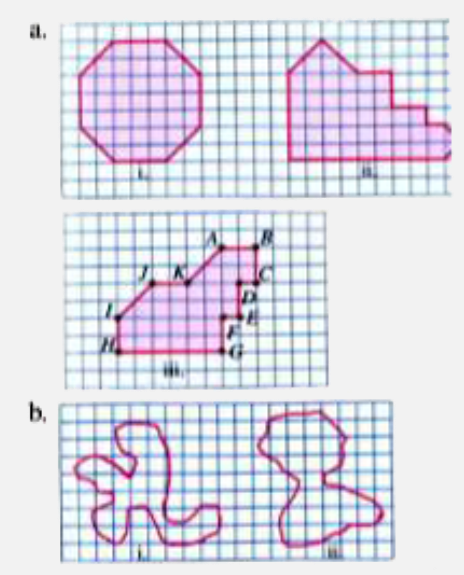
View Solution
